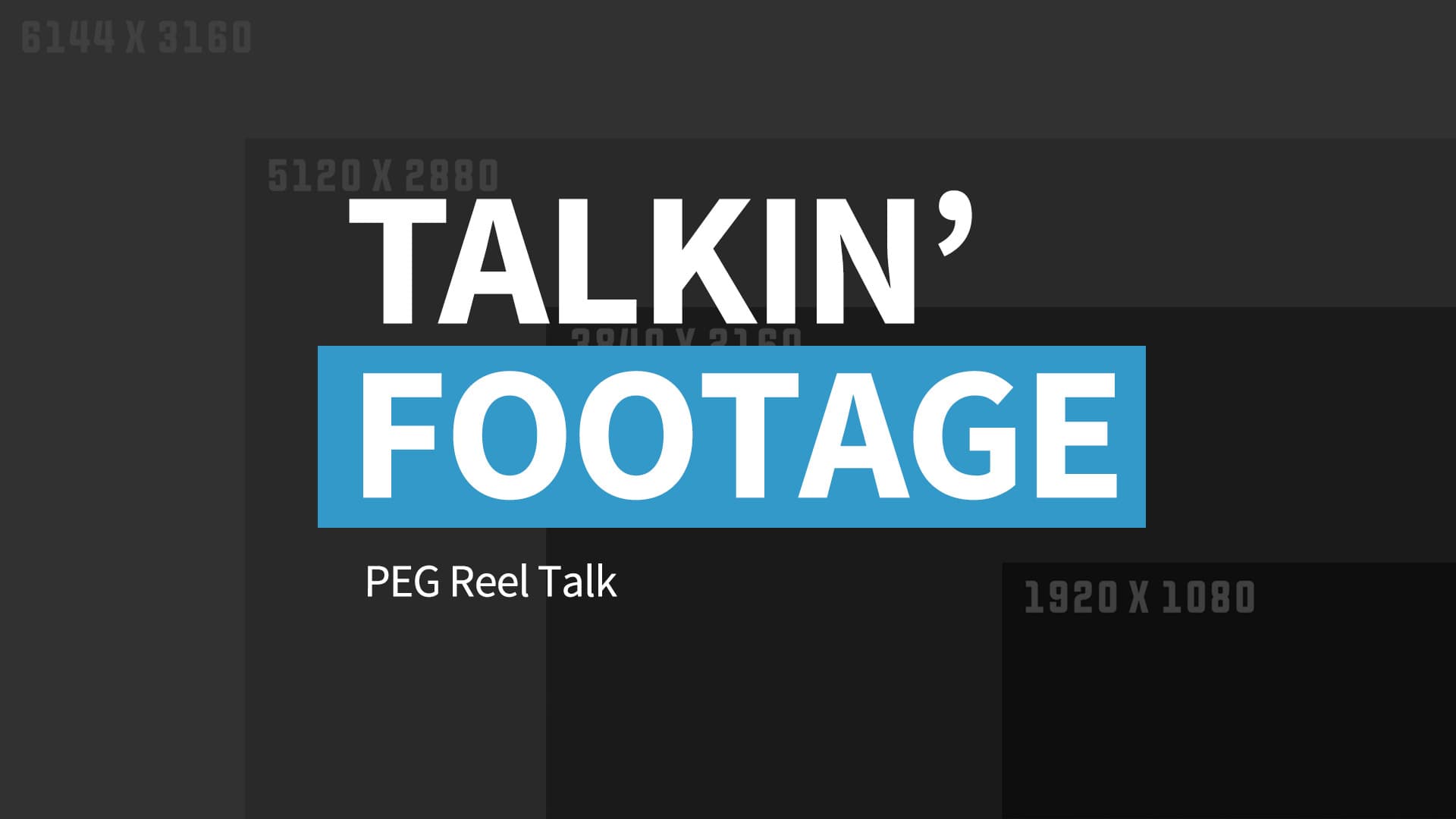Camera Moves Glossary (With Examples)
Camera movements can be incorporated to make any video more dynamic. Ask any cinematographer and they’ll call out a number of shot types and moves, but you don’t have to be Roger Deakins to understand what these moves are - and more importantly, how they’re going to affect your video.
Pan
Grand Budapest Hotel
LaLaLand
Camera Positioning: Stationary
Action: Turning Left or Right
This camera move is by far the most well known, but it’s also often mistakenly used as a blanket term for any camera move (even when it’s not the most accurate description). The official definition of a pan is any move that involves the camera filming from left to right or right to left, all while the camera body itself stays in one spot. This could be accomplished with the camera handheld or over the shoulder, but a true pan is done with a fluid head tripod to give it a nicely smooth motion. You might also hear the term "whip" pan, which is when the pan is quick and creates a blur when moved, like in LaLaLand above.
This move can be used when shooting landscapes, wide shots, medium shots and close ups, and is great at providing a wider, horizontal view of the environment, giving context to where the subject is located and what they’re doing.
Tilt
Terminator 2
Ted 2
Camera Positioning: Stationary
Action: Turning Up or Down
Similar to a pan, a tilt move involves the camera body remaining in one position, only this time the camera is turning, or “tilting,” up or down. This is often used when shooting something with a vertical orientation and can really show off the scale of the subject. When used correctly, this move will sort of mimic the natural way that a person will look at a skyscraper or tall building, making it great for establishing shots.
Roll
PeeWee's Big Adventure
Black Panther
Camera Positioning: Stationary
Action: Rotating Left or Right
Normally used to disorient the viewer, a roll move involves rotating the camera along its z-axis, making it view sort of spin in place. Unlike pans and tilts, a person’s head doesn’t have much of a z-axis to rotate on, which is what can make a camera move like this feel so dizzying and unnerving. For this reason you won’t see this move getting much practical use, but it can still be used for stylistic reasons to make the viewer feel uneasy.
Zoom
The Shining
Django Unchained
Camera Positioning: Stationary
Action: Lens Extending or Retracting
You’re probably familiar with a variable lens’s ability to zoom in and out, especially since most smartphone cameras have adopted this feature to their cameras. “Zooming” in or out with a lens can change multiple things within the picture, but simply put, a zoom can make it feel like you're either moving towards or away from your subject, without having to physically move closer or further. A zoom can also be used stylistically by quickly zooming in or out on your subject, often called a “crash” zoom or “whip” zoom.
Dolly
Dark Knight
Joker
Camera Positioning: Mobile
Action: Moving Forward or Backward
A dolly is similar to a zoom in that it will make it look like you’re moving closer or further from your subject, but instead of a lens distorting the image the actual camera is moving in physical space. This creates a sort of parallax effect between objects in the foreground and background that can’t be achieved with a zoom. This look is a lot more realistic and desirable to a viewer's eye and provides a dynamic sense of depth within the space.
Truck
1917
Spectre
Camera Positioning: Mobile
Action: Moving Side to Side
A truck move involves movement from side to side, or a parallel move with the subject, rather than the perpendicular movement of a dolly. This will also give a parallax look, but instead of the sense of depth from moving towards or away from the subject, it provides the depth you would achieve from walking alongside them. This move can connect the audience with the subject as it subliminally feels like we’re moving with them on their journey.
Pedestal/Boom/Jib
Guardians of the Galaxy
Dark Knight
Camera Positioning: Mobile
Action: Moving Up or Down
This move is similar to a dolly or truck, except the camera physically moves up or down. This is a popular move that you’ll see done with a crane jib or drone because it normally involves the camera moving above the heights that are achievable with a tripod or person-operated rig. Much like a tilt, this vertical movement can make it a great option for establishing shots or shots that are showcasing the setting.
Combining Moves
Guardians of the Galaxy Vol. 2
Poltergeist
All of these moves work well on their own, but you'll often see a combination of them to get even more powerful visuals. For example, the next time you watch your local nightly news, you’ll likely see a combination jib/dolly move as it starts from a high behind-the-scenes establishing wide angle, moving into a closer view of the news anchors. In certain movies you may see a dolly/zoom shot, or Vertigo shot, that you can achieve by zooming out while dollying the camera towards the subject to make the viewer feel extra uneasy about what’s happening.
At PEG we have a lot of equipment that allows us to capture these shot moves in smooth, fluid motions, but you can always practice moves like this on your own – with your phone or your own camera. Best of all, you can use these terms to impress your friends with your cinematography knowledge when you discuss the next big blockbuster movie.




